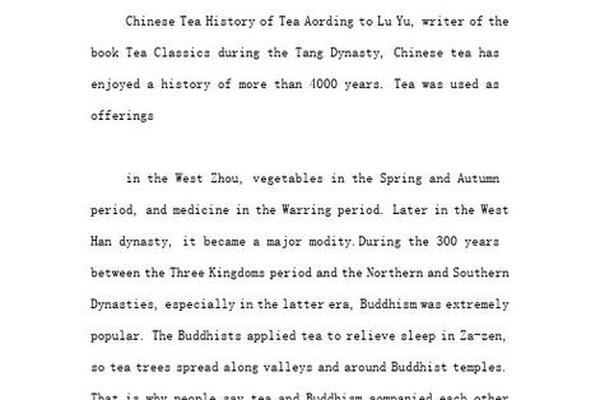用英语介绍安徽文化;安徽茶文化用英语表达
编辑:遁地八字网
2025-04-17 14:47:34
浏览:11次
遁地八字网算命网
Anhui Culture and Tea Culture: An Overview
I. Anhui Culture
Anhui Province, located in eastern China, boasts a rich cultural heritage shaped by its diverse geography, history, and ethnic influences. Key aspects include:
1. Hui Culture (徽文化)
Rooted in the historical Huizhou region (modern-day Huangshan and Jixi), Hui Culture is renowned for its architecture, craftsmanship, and Confucian traditions. Iconic elements include:
Xuan Paper and Ink: Anhui is the birthplace of Xuan paper, a UNESCO-listed intangible cultural heritage used for Chinese calligraphy and painting .
Hui-style Architecture: White-walled villages like Hongcun and Xidi feature intricate wood carvings and courtyard designs, reflecting harmony with nature .
Hui Merchants (徽商): One of China’s "Five Great Merchant Groups," they dominated trade during the Ming and Qing dynasties, fostering economic and cultural exchanges .
2. Traditional Arts

Anhui Opera (Huangmei Opera): A lyrical folk opera blending singing, dancing, and storytelling, often themed around rural life .
Folk Arts: Includes fish lantern dances, lacquerware, bamboo carving, and oilcloth umbrella craftsmanship, preserving ancient techniques .
3. Cuisine
Hui Cuisine: Emphasizes wild herbs, bamboo shoots, and slow-cooked stews. Dishes like Stinky Tofu and Li Hongzhang Hotchpotch showcase bold flavors .
Medicinal Food Culture: Combines traditional Chinese medicine with cooking, such as herbal soups for health preservation .
II. Anhui Tea Culture
Anhui is a cradle of Chinese tea culture, producing some of China’s most celebrated teas. Its tea traditions span over 1,200 years and reflect both historical significance and artisanal mastery.
1. Historical Significance
During the Tang Dynasty (8th century), Anhui teas like Songluo were praised in Lu Yu’s The Classic of Tea. By the Ming Dynasty, Anhui pioneered the pan-frying method for green tea, revolutionizing tea production .
In the 18th–19th centuries, Anhui teas such as Keemun Black Tea and Hyson Green Tea were exported globally, even featured in the Boston Tea Party .
2. Famous Anhui Teas
Qimen Hongcha (Keemun Black Tea): Known as the "Burgundy of Teas" for its floral aroma and wine-like richness, a staple in English breakfast blends .
Taiping Houkui: A green tea with orchid-like leaves, celebrated for its refreshing taste and unique "monkey shape" .
Huangshan Maofeng: Grown near Mount Huangshan, this green tea has delicate, downy leaves and a sweet aftertaste .
Lu’an Guapian: A green tea made solely from leaves, omitting buds, renowned for its chestnut flavor .
3. Tea Craftsmanship
Pan-Frying Technique: A traditional method to halt oxidation, preserving the tea’s freshness and vibrant color .
Cultural Practices: Tea ceremonies in Anhui emphasize harmony and respect, often using tools like tea tongs and Yixing clay teapots .
4. Global Influence
Anhui teas like Keemun and Hyson shaped global tea preferences. The term "Twankay" (from Tunxi, Anhui) became synonymous with high-quality green tea in Europe .
Conclusion
Anhui’s culture is a tapestry of art, history, and natural beauty, while its tea heritage exemplifies China’s profound connection to nature and craftsmanship. From Hui-style villages to the misty peaks of Huangshan, Anhui remains a living testament to China’s cultural and agricultural legacy.
References:
Hui Culture and Arts
Historical Tea Development
Mount Huangshan and Tea Production





